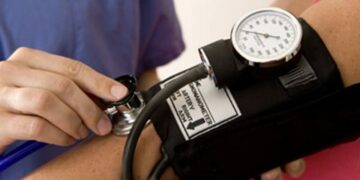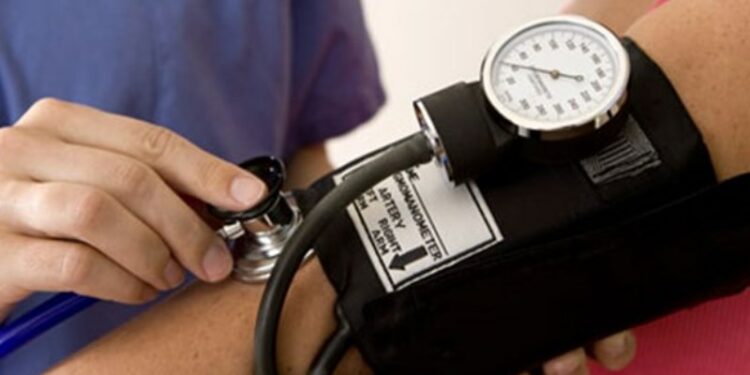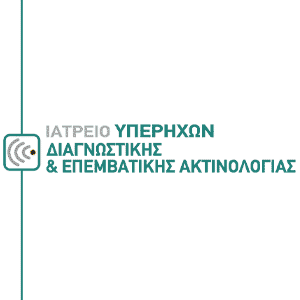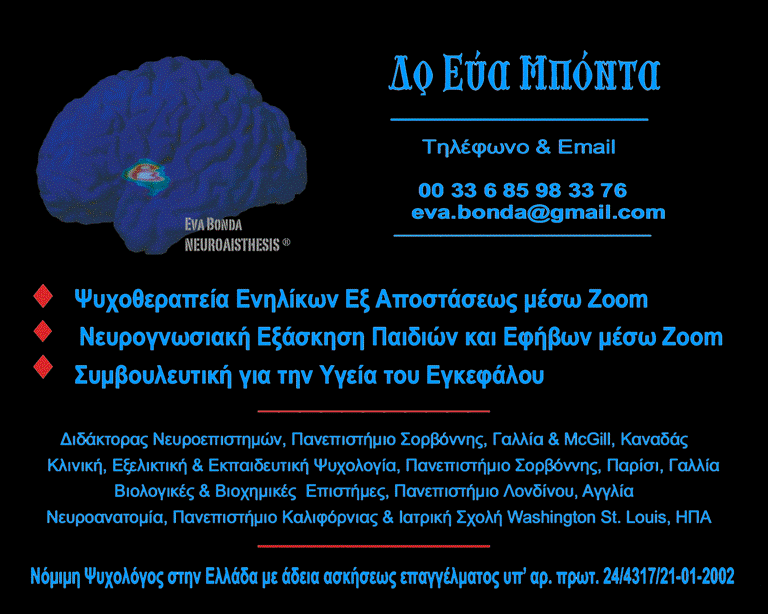Και οι δυο τιμές της αρτηριακής πίεσης – η «μεγάλη» συστολική και η «μικρή» διαστολική – αποτελούν ανεξάρτητους παράγοντες πρόβλεψης του κινδύνου για έμφραγμα ή εγκεφαλικό επεισόδιο, σύμφωνα με τα ευρήματα της μεγάλης έρευνας που περιελάμβανε περισσότερες από 36 εκατομμύρια μετρήσεις αρτηριακής πίεσης σε περισσότερους από ένα εκατομμύριο ανθρώπους.
Η έρευνα που δημοσιεύθηκε στην New England Journal of Medicine ανατρέπει δεκαετίες προηγούμενων ερευνών, σύμφωνα με τις οποίες η τιμή της συστολικής (μεγάλης) και όχι της διαστολικής (μικρής) πίεσης είναι πιο πιθανό να αποτελεί δείκτη πρόβλεψης επικίνδυνων καρδιαγγειακών συμβαμάτων.
«Όπως και να δούμε τα στοιχεία η συστολική και η διαστολική πίεση είναι εξίσου σημαντικές» επισημαίνει ο επικεφαλής ερευνητής Alexander C. Flint, ειδικός επί των εγκεφαλικών και ερευνητής του Τμήματος Ερευνών του ινστιτούτου Kaiser Permanente στη Βόρεια Καρολίνα των ΗΠΑ.
Ας ξαναγνωρίσουμε… τη μικρή και τη μεγάλη
Συστολική (μεγάλη) είναι η πίεση που ασκείται στις αρτηρίες όταν η καρδιά συσπάται για να προωθήσει το αίμα μέσω των αρτηριών προς τα όργανα του σώματος και διαστολική (μικρή) όταν η καρδιά χαλαρώνει για να δεχθεί νέο αίμα.
Δεκαετίες ερευνών έχουν δείξει ότι η υψηλή συστολική πίεση είναι πιο πιθανό να έχει δυσμενείς συνέπειες στην υγεία. Ως εκ τούτου οι οδηγίες των καρδιολόγων καθώς και τα εργαλεία εκτίμησης του κινδύνου εστιάζουν στη συστολική πίεση, με αρκετούς ειδικούς να υποστηρίζουν ότι η τιμή της διαστολικής πίεσης θα μπορούσε ακόμη και να αγνοηθεί, σύμφωνα με τον Δρ. Flint.
Κάτι αλλάζει στις… διαστάσεις του κινδύνου για έμφραγμα ή εγκεφαλικό
Ωστόσο, μετά την προσαρμογή των δεδομένων για πιθανούς περιοριστικούς παράγοντες, οι ερευνητές διαπίστωσαν ότι ενώ η συστολική πίεση είχε μεγαλύτερη επίδραση, οι τιμές και των δύο τύπων πίεσης – συστολικής και διαστολικής – επηρέαζαν σημαντικά τον κίνδυνο εμφράγματος και εγκεφαλικού επεισοδίου ανεξαρτήτως του ορισμού που χρησιμοποιείτο για την υπέρταση.
Σύμφωνα με τον τον Δρ. Flint, τα ευρήματα ότι η συστολική και η διαστολική πίεση έχουν παρόμοια επίδραση στον κίνδυνο για την υγεία ακόμη και στο χαμηλότερο όριο ορισμού της υπέρτασης (130/80) παρέχει ανεξάρτητη υποστήριξη στις πρόσφατες αλλαγές που έγιναν από το Αμερικανικό Κολέγιο Καρδιολογίας και τις οδηγίες της Αμερικανικής Καρδιολογικής Εταιρίας, που συνιστούσαν πιο αυστηρό έλεγχο της αρτηριακής πίεσης σε ασθενείς υψηλού κινδύνου με υπέρταση.
Πηγή: eleftherostypos.gr































